Hạ Long Bay or Halong Bay (Vietnamese: Vịnh Hạ Long, IPA: [vînˀ hâːˀ lawŋm] ) is a UNESCO World Heritage Site and popular travel destination in Quảng Ninh province, Vietnam. The name Hạ Long means "descending dragon". Administratively, the bay belongs to Hạ Long city, Cẩm Phả city, and is a part of Vân Đồn district. The bay features thousands of limestone karsts and islets in various shapes and sizes. Hạ Long Bay is a center of a larger zone that includes Bai Tu Long Bay to the northeast, and Cát Bà Island to the southwest. These larger zones share a similar geological, geographical, geomorphological, climate, and cultural characters.
Hạ Long Bay has an area of around 1,553 km2 (600 sq mi), including 1,969 islets, most of which are limestone. The core of the bay has an area of 334 km2 (129 sq mi) with a high...Read more
Hạ Long Bay or Halong Bay (Vietnamese: Vịnh Hạ Long, IPA: [vînˀ hâːˀ lawŋm] ) is a UNESCO World Heritage Site and popular travel destination in Quảng Ninh province, Vietnam. The name Hạ Long means "descending dragon". Administratively, the bay belongs to Hạ Long city, Cẩm Phả city, and is a part of Vân Đồn district. The bay features thousands of limestone karsts and islets in various shapes and sizes. Hạ Long Bay is a center of a larger zone that includes Bai Tu Long Bay to the northeast, and Cát Bà Island to the southwest. These larger zones share a similar geological, geographical, geomorphological, climate, and cultural characters.
Hạ Long Bay has an area of around 1,553 km2 (600 sq mi), including 1,969 islets, most of which are limestone. The core of the bay has an area of 334 km2 (129 sq mi) with a high density of 775 islets. The limestone in this bay has gone through 500 million years of formation in different conditions and environments. The evolution of the karst in this bay has taken 20 million years under the impact of the tropical wet climate. The geo-diversity of the environment in the area has created biodiversity, including a tropical evergreen biosystem and a seashore biosystem. Hạ Long Bay is home to 14 endemic floral species and 60 endemic faunal species.
Historical research surveys have shown the presence of prehistoric human beings in this area tens of thousands years ago. The successive ancient cultures are the Soi Nhụ culture around 18,000–7,000 BC, the Cái Bèo culture 7,000–5,000 BC and the Hạ Long culture 5,000–3,500 years ago. Hạ Long Bay also marked some important events in Vietnamese history, with many artifacts found in Bài Thơ mountain, Đầu Gỗ cave, and Bãi Cháy.
Nguyễn Trãi praised the beauty of Hạ Long Bay 500 years ago in his verse Lộ nhập Vân Đồn, in which he called it "a rock wonder in the sky". In 1962, the Ministry of Culture, Sports and Tourism of North Vietnam listed Hạ Long Bay in the National Relics and Landscapes publication. In 1994, the core zone of Hạ Long Bay was listed as a World Heritage Site under Criterion VII, and was listed for a second time under Criterion VIII.
 Statue of Buddha inside a cave, erected in the 16–17th centurySoi Nhụ culture (16,000–5000 BC)
Statue of Buddha inside a cave, erected in the 16–17th centurySoi Nhụ culture (16,000–5000 BC)
Located within Hạ Long and Bái Tử Long are archaeological sites such as Mê Cung and Thiên Long. There are remains from mounds of mountain shellfish (Cyclophorus), spring shellfish (Melania, also called Thiana), some freshwater water mollusc and some rudimentary labour tools. The main way of life of Soi Nhụ's inhabitants included catching fish and shellfish, collecting fruits and digging for bulbs and roots. Their living environment was a coastal area unlike other Vietnamese cultures, for example, those found in Hòa Bình and Bắc Sơn.
Cái Bèo culture (5000–3000 BC)Located in Hạ Long and Cát Bà island its inhabitants developed to the level of sea exploitation. Cái Bèo culture is a link between Soi Nhụ culture and Hạ Long culture.[1]
Hạ Long culture (2500–1500 BC)Hạ Long Bay was the setting for historical naval battles against Vietnam's coastal neighbors. On three occasions, in the labyrinth of channels in Bạch Đằng River near the islands, the Vietnamese army stopped the Chinese invaders from landing. In 1288, General Trần Hưng Đạo stopped Mongol ships from sailing up the nearby Bạch Đằng River by placing steel-tipped wooden stakes at high tide, sinking the Mongol Kublai Khan's fleet.
Modern periodHạ Long Bay was the site of the first ever raising of the new national flag of the Provisional Central Government of Vietnam on 5 June 1948 during the signing of the Halong Bay Agreements (Accords de la baie d’Along) by High Commissioner Emile Bollaert and President Nguyễn Văn Xuân.[2]
During the Vietnam War, many of the channels between the islands were heavily mined by the United States Navy, some of which continue to pose threats to shipping routes in the present day.


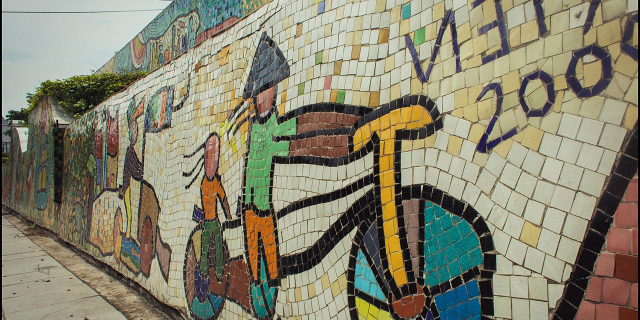

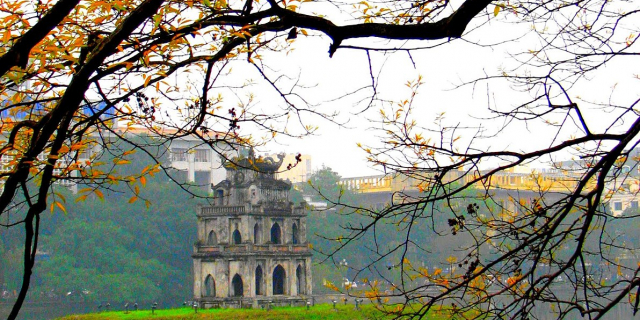



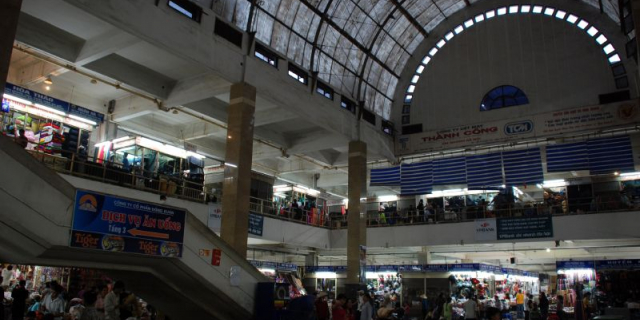



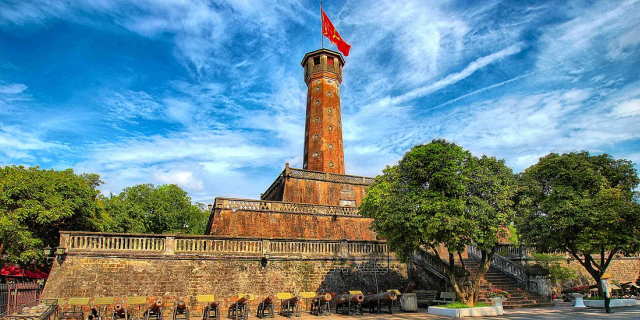



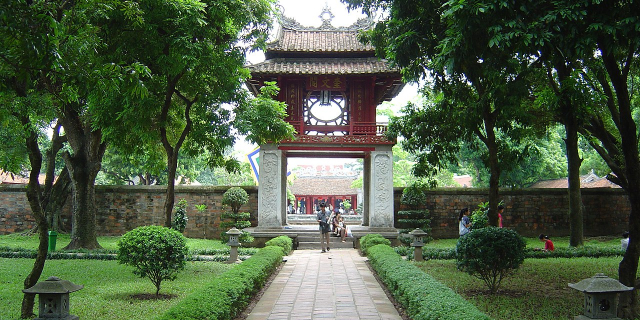






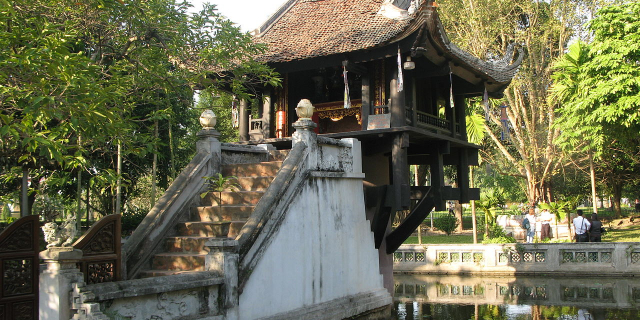


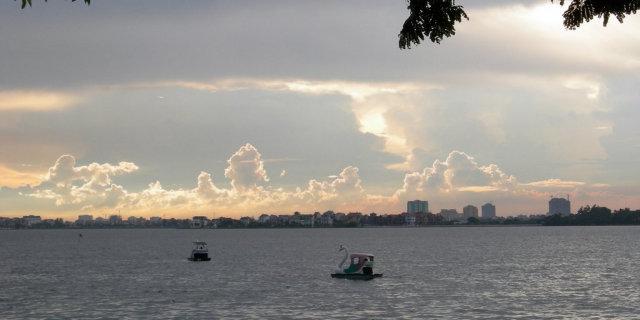
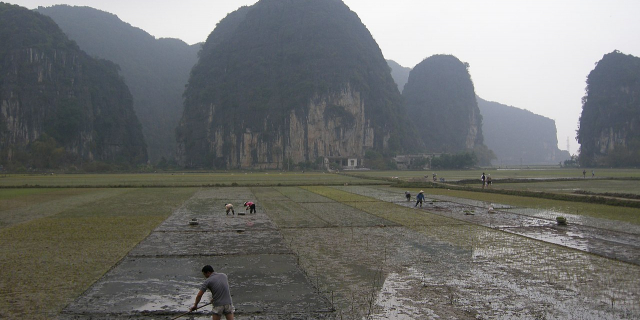


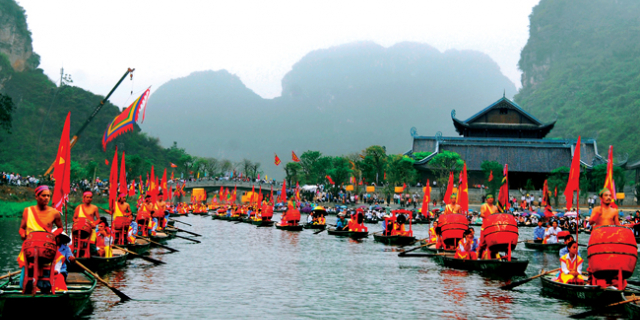
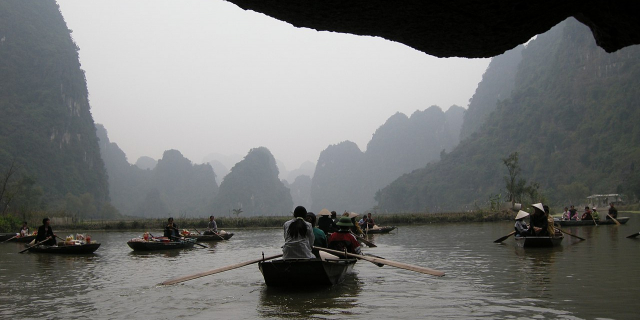

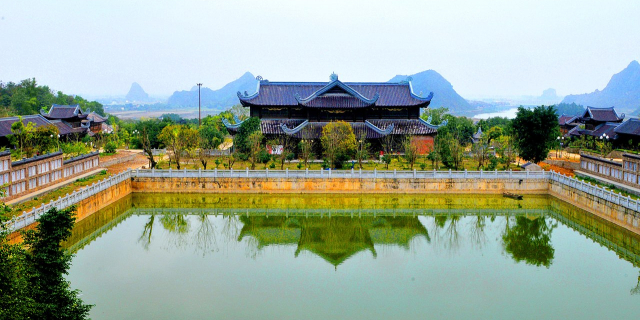
Add new comment